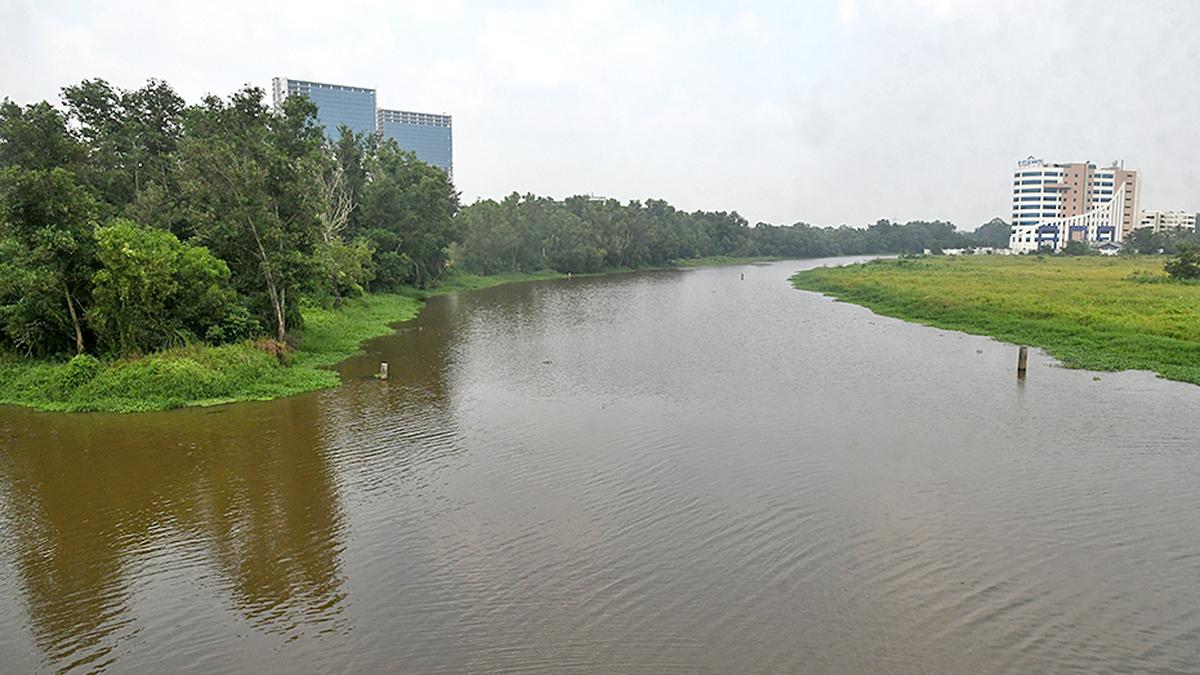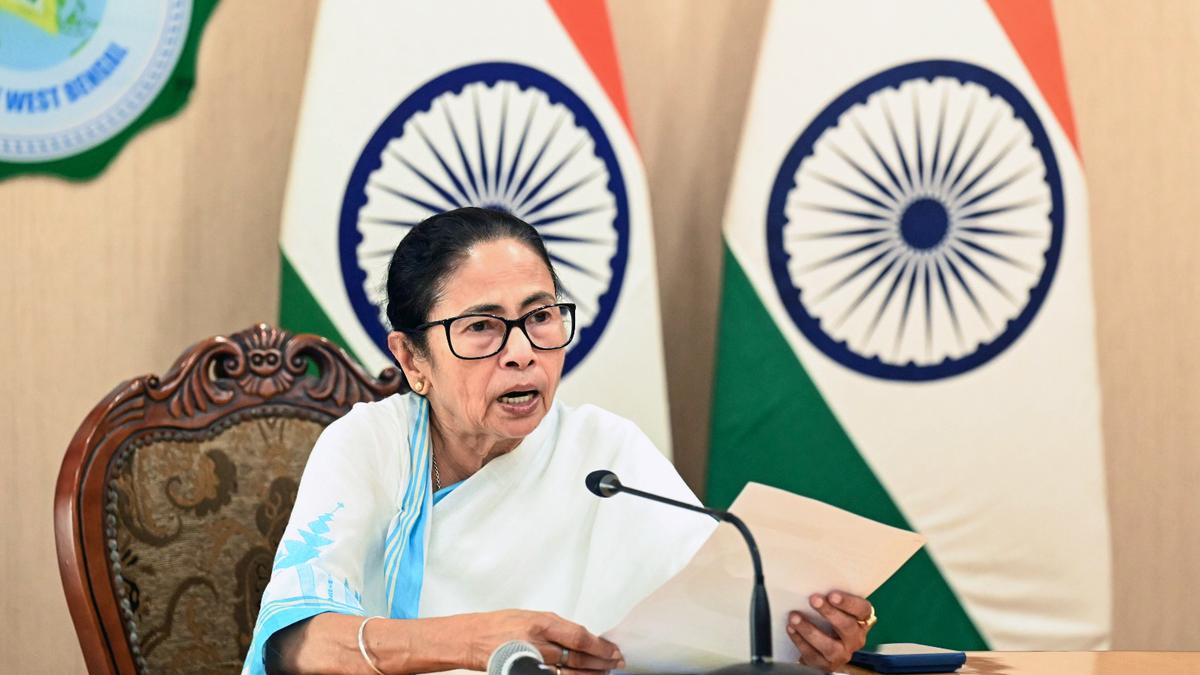Now Reading: Alarm Raised Over Declining Oxygen Levels in Kadambrayar River
-
01
Alarm Raised Over Declining Oxygen Levels in Kadambrayar River
Alarm Raised Over Declining Oxygen Levels in Kadambrayar River

Quick Summary
- Affected River: Kadambrayar in Ernakulam, Kerala.
- pollution data: Dissolved oxygen levels on Brahmapuram and Manakkakadavu stretches were recorded at 0.5 mg/l and 0.7 mg/l in june 2025,substantially below the recommended minimum of 5 mg/l.
- biological Oxygen Demand (BOD): The levels exceeded the desired maximum of 3.0 mg/l; readings were noted at 4 mg/l in Brahmapuram and 3.7 mg/l in Manakkakadavu.
- Water Quality Standards: These stretches failed to meet National Water Quality Monitoring Program norms between January and December 2024.
- sources of Pollution: A report submitted to the National Green Tribunal by the Department of Surroundings identified discharge from domestic effluents, potential leachate from the Brahmapuram plant, and water hyacinth growth as key contributors.
Indian Opinion Analysis
The concerning pollution levels in Kadambrayar highlight persistent water quality management challenges for India’s urbanizing regions. Reports suggest that domestic waste discharge remains a primary contributor to degradation, emphasizing inadequate wastewater infrastructure linked to townships and nearby settlements. Critically low dissolved oxygen levels point towards an urgent ecological imbalance threatening aquatic life.
The biological oxygen demand exceeding limits signals unregulated organic pollution, complicating efforts for cleanup or ecosystem restoration under national water policies like NWQMP. Worsening factors such as plant leachates or invasive species like water hyacinths underline local governance gaps regarding industrial waste oversight and riverine vegetation control.
Addressing this would necessitate multi-stakeholder interventions featuring stricter enforcement of environmental standards alongside innovative waste treatment strategies tailored for growing urban populations-priorities India must urgently confront as part of its broader sustainability goals.























